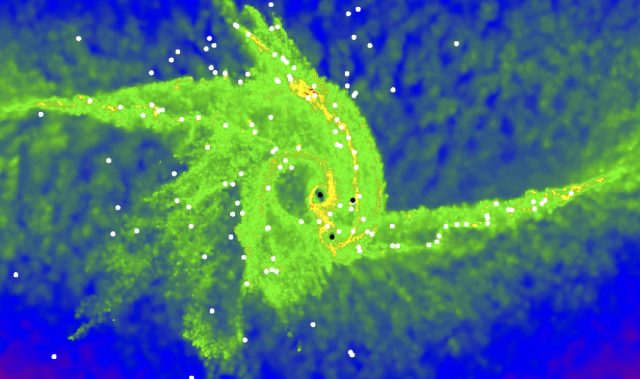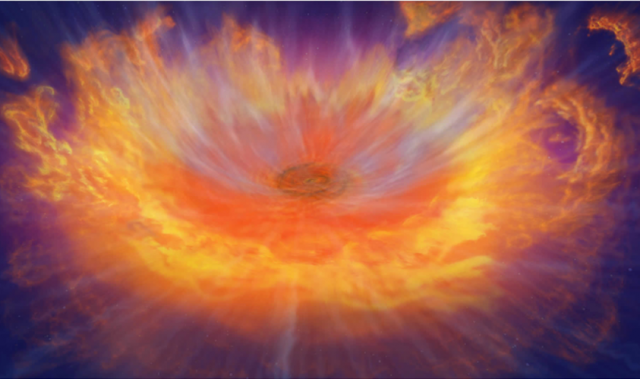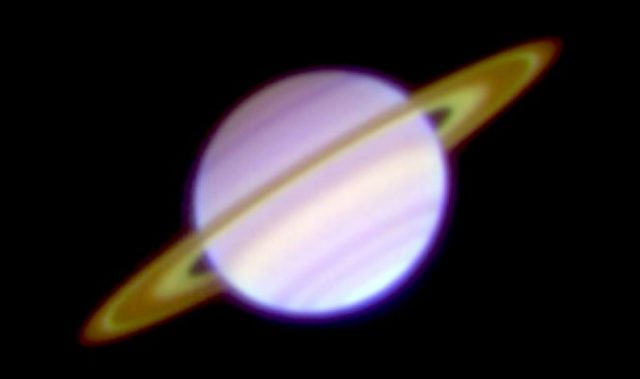
AsianScientist (Dec. 9, 2016) – Scientists in Japan have observed the transit of a potentially Earth-like extrasolar planet known as K2-3d. Details were published in The Astronomical Journal.
K2-3d is an extrasolar planet about 150 lightyears away, which is 1.5 times the size of the Earth. The planet orbits its host star, which is half the size of the Sun, with a period of about 45 days. Compared to the Earth, the planet orbits close to its host star, at about a fifth of the Earth-Sun distance; but because the temperature of the host star is lower than that of the Sun, calculations show that this is the right distance for the planet to have a relatively warm climate like the Earth’s.
A transit is a phenomenon in which a planet passes in front of its parent star, blocking a small amount of light from the star, like a shadow of the planet. K2-3d’s orbit is aligned so that as seen from Earth, it transits or passes in front of its host star. This causes short, periodic decreases in the star’s brightness as the planet blocks some of the star’s light. This alignment enables researchers to probe the atmospheric composition of these planets by precise measurement of the amount of blocked starlight at different wavelengths.
A group of researchers from the National Astronomical Observatory of Japan, the University of Tokyo, and the Astrobiology Center, among others, has succeeded in measuring the orbital period of the planet to within about 18 seconds. This improved accuracy ensures that when the next generation of large telescopes come online, they will know exactly when to watch for transits.
To characterize a ‘Second Earth’ using the next generation of large telescopes, it will be important to measure the ephemerides and characteristics of planets with additional transit observations.
The article can be found at: Fukui et al. (2016) Ground-based Transit Observation of the Habitable Zone Super-Earth K2-3D.
———
Source: National Institutes of Natural Sciences; Photo: National Astronomical Observatory of Japan.
Disclaimer: This article does not necessarily reflect the views of AsianScientist or its staff.












